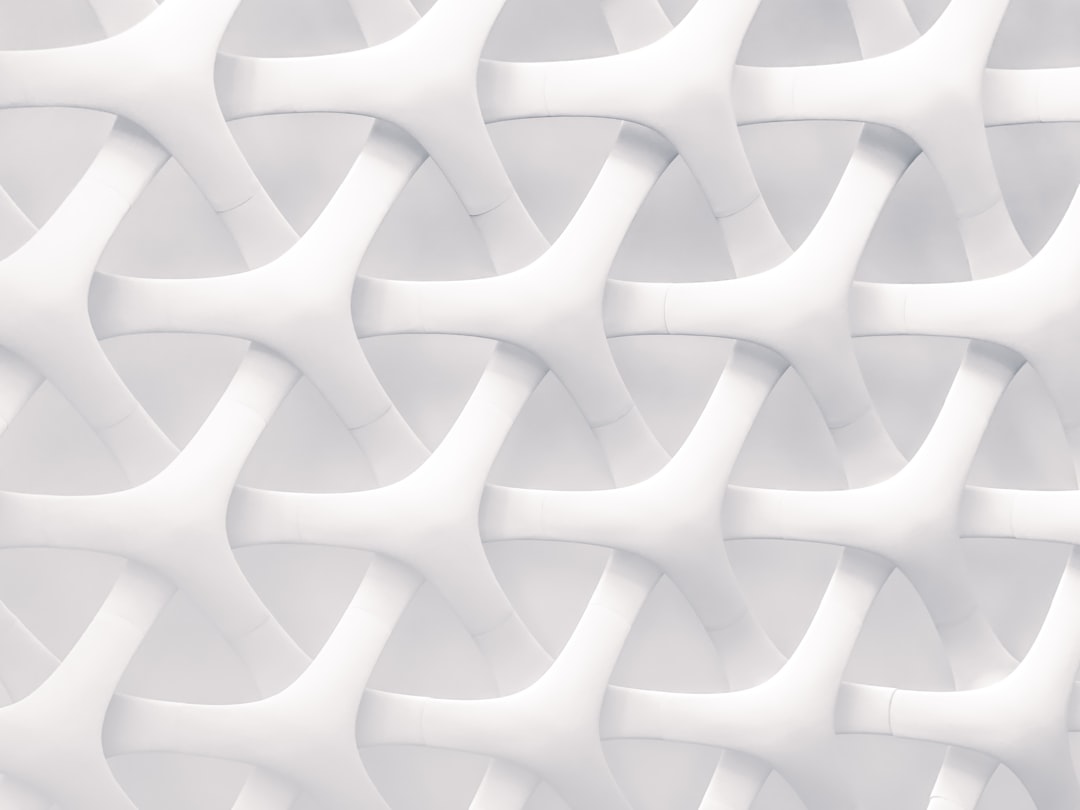What is it about?
Concrete block pavement is considered an ideal substrate for the application of photocatalyst materials. In the paving area, titanium dioxide (TiO2) has been the most widely used semiconductor because of its properties. However, zinc oxide (ZnO) has been recently used as an alternative material to TiO2 in heterogeneous photocatalysis, being applied mainly for the treatment of liquid effluents. In this perspective, the aim of this study was to evaluate the capacity of concrete blocks nanomodified with ZnO in the degradation of nitrogen oxides (NOx) as well as the impact of the nanomaterial on the mechanical properties and microstructural characteristics of concretes. For this purpose, concretes were produced with ZnO incorporation of 3 %, 6 %, and 9 %, being submitted to photocatalytic tests, simple compressive strength, flexural strength, and dynamic Young’s modulus, as well as mercury intrusion porosimetry tests and image evaluations using scanning electron microscopy. Together, evaluation of the influence of nano-ZnO on cement paste hydration reactions was carried out. It could be concluded that the addition of ZnO to concrete provides photooxidative capacity to the material; however, it impairs the mechanical performance and the development of the cementitious matrix microstructure.
Featured Image

Photo by Sergey Lapunin on Unsplash
Why is it important?
This article presented the results of an investigation on the incorporation of nano-ZnO in concrete pavement blocks, regarding the photocatalytic capacity in the degradation of NOx and the impact of nanomodification on the mechanical and microstructural properties of the material. In view of the results, the following could be concluded: • Concrete blocks modified with nano-ZnO have photocatalytic activity, proving their ability to degrade NOx present in the atmosphere. However, photocatalytic efficiency is strongly influenced by environmental conditions due to photonic sensitivity and susceptibility to relative air humidity. Increases in radiation and reductions in air humidity improve the pavement efficiency. • Nano-ZnO dramatically compromises mechanical strength and the dynamic Young’s modulus in the early ages of the concrete; however, with less impact after 28 days of curing. • Nano-ZnO additions negatively influence the formation and development of the concrete microstructure. The nanomaterial impairs and delays hydration reactions of the cement, impairing the precipitation of crystals and the formation of hydrated compounds. This effect produces a microstructure with a low density of crystalline phases, resulting in high porosity and permeability. • ZnO-nanomodified concrete blocks are more susceptible to chemical attacks, leaching, wear, and consequently, are less durable, leading to higher maintenance and repair costs.
Perspectives
It is suggested for future research to evaluate lower percentages of nano-ZnO incorporation.
João Victor Staub de Melo
Universidade Federal de Santa Catarina
Read the Original
This page is a summary of: Photocatalytic Concrete Blocks Nanomodified with Zinc Oxide for Paving: Mechanical Performance and Microstructural Characteristics, Journal of Testing and Evaluation, December 2020, ASTM International,
DOI: 10.1520/jte20200326.
You can read the full text:
Contributors
The following have contributed to this page










